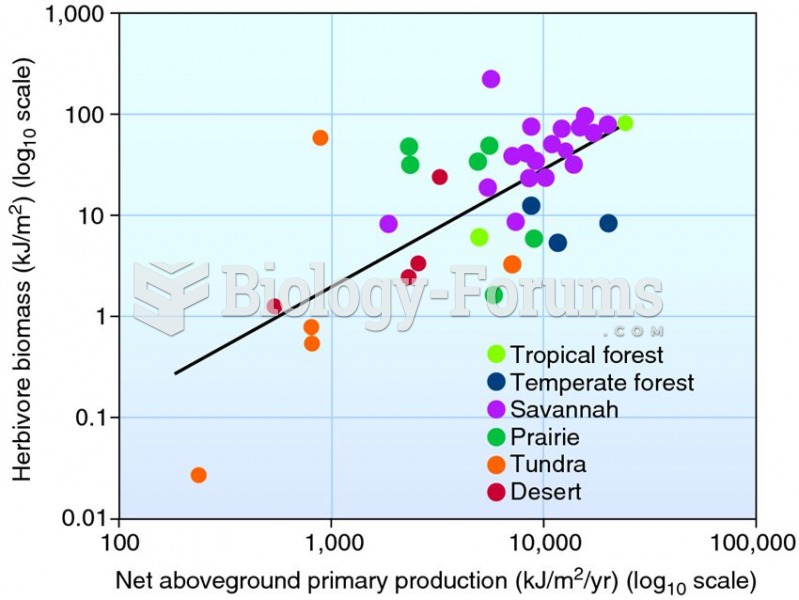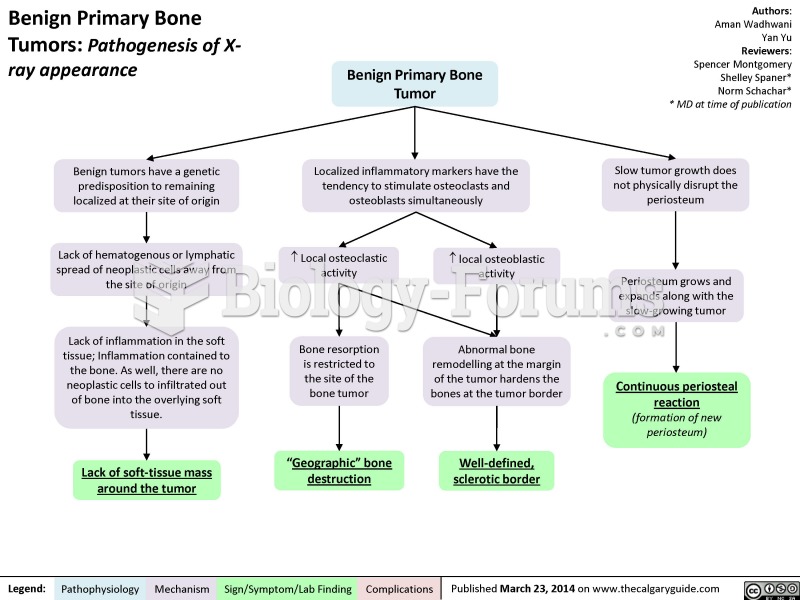Answer to Question 1
Biomass, or mass of living tissue, present in an area is directly proportional to productivity. The problem with using this method in the ocean is that dense populations of autotrophs interfere with the amount of light penetration. The decrease in light penetration means autotrophs produce carbohydrates at a slower rate. This is no longer a direct proportion to productivity.
In areas of small autotroph populations, there can be more light penetration. This would cause there to be a higher rate of primary productivity.
Researchers have tagged carbon radioactively. Carbon-14 behaves in the same way Carbon-12 does during photosynthesis. This allows the researchers to measure productivity directly.
Productivity can be measured by using light-dark bottle techniques. Two samples are collected, one is placed in each bottle. They are placed at a buoy. The light bottle receives sunlight while the opaque blocks the light. The difference in carbon uptake can then be calculated.
Orbiting satellites are starting to be used in determining productivity. They can estimate the chlorophyll content of an area. This is directly related to photosynthesis.
Answer to Question 2
A tsunami is a shallow-water wave that originates on the seafloor when movement of the earth along fault lines displaces water. Tsunamis can also be caused by landslides, icebergs falling from glaciers, volcanic eruptions, asteroid impacts, and other direct displacements of the water surface. The oscillating ocean surface generates progressive waves that radiate from the epicenter in all directions. Tsunamis are extremely fast. For example, the 2004 tsunami traveled as fast as 470 miles per hour. The speed that a tsunami travels depends on the depth (d) of the water and the acceleration due to gravity (g) and can be calculated by taking the square root of depth times acceleration. Since tsunamis that are formed by faulting of the seafloor originate at great depths (a typical Pacific abyssal depth (d) is 4,600 meters), they can travel at very rapid speeds.







